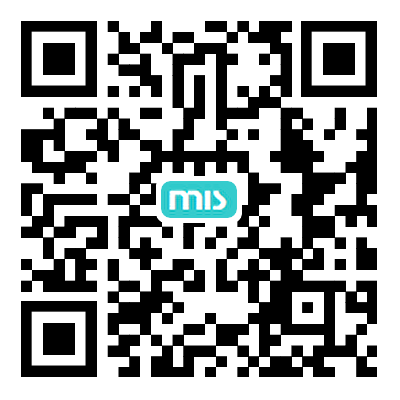fig2

Figure 2. Case B: (A) Preoperative magnetic resonance cholangiopancreatography shows intrahepatic biliary dilatation with the MBD stenosis (red circle) at the level of the previous end-to-end repair. (B) An abdominal contrast-enhanced CT scan shows a patent right and left hepatic artery (red arrows). (C) Direct puncture intraoperative cholangiography with a 30 G needle (white arrow). (D) The proximal dilated bile duct is opened, and a large amount of biliary sludge (white arrowhead) is drained. (E) The diseased extrahepatic bile duct is resected with scissors up to healthy well-irrigated tissue below the biliary confluence. (F) End-to-side RYHJ (asterisk). (G) Final view of the RYHJ and the retro-colic para-duodenal jejunal loop (black arrowheads). (H) Postoperative view of the abdomen with the previous open scar and the trocar disposition for the biliodigestive repair. RYHJ: Roux-en-Y hepaticojejunostomy; MBD: main bile duct.








